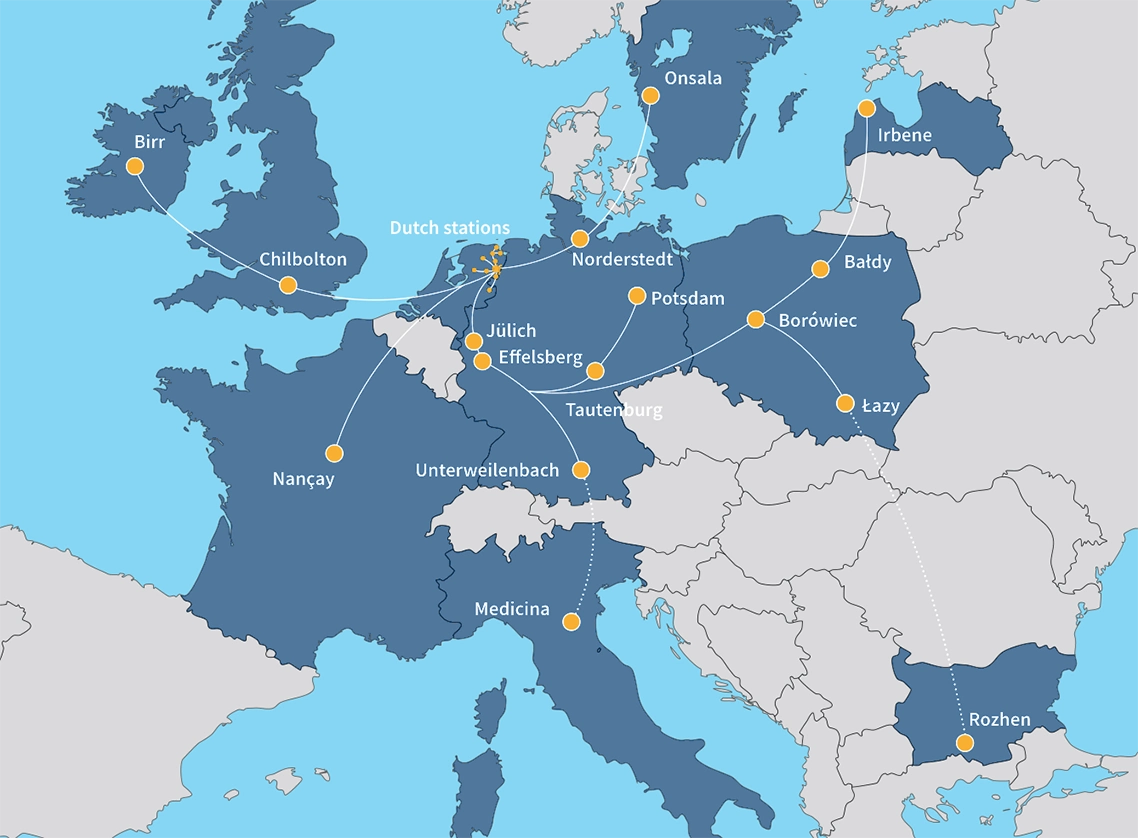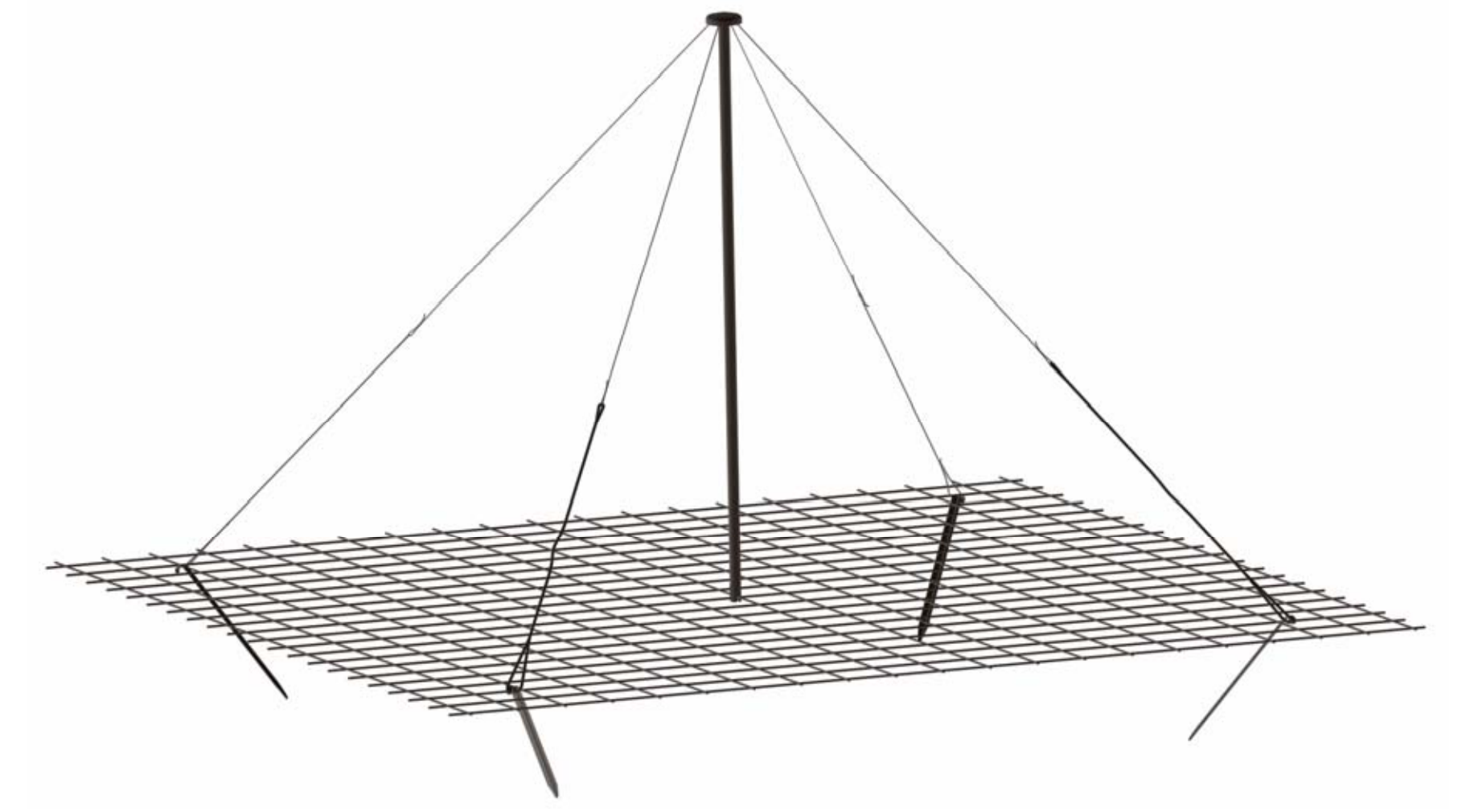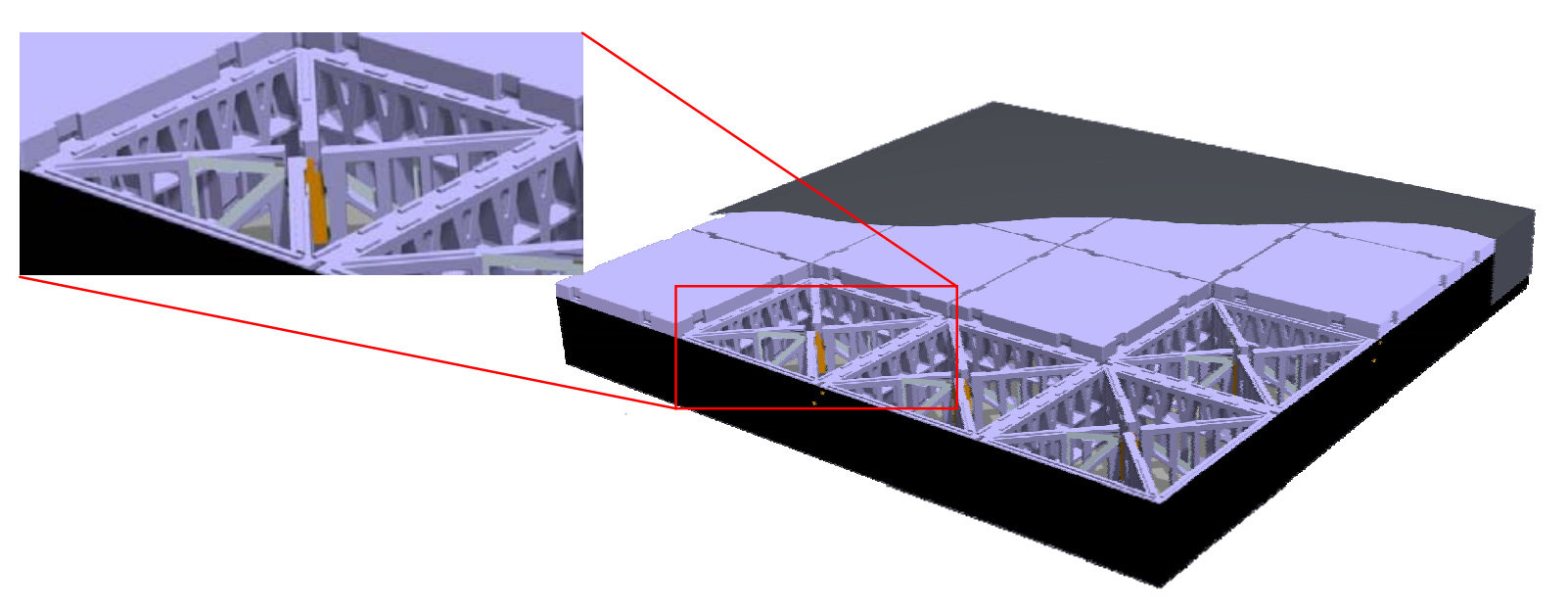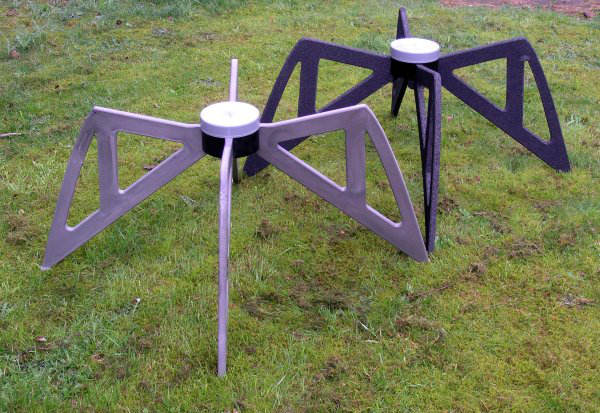Introduction to LOFAR
The **Low-Frequency Array ** LOFAR is a cutting-edge radio telescope network designed to observe the universe at low frequencies, ranging from 10 MHz to 240 MHz. LOFAR is unique due to its large number of antennas spread across Europe, allowing it to achieve high resolution and sensitivity for studying cosmic phenomena.
LOFAR was conceived and constructed by ASTRON, the Netherlands Institute for Radio Astronomy. Its primary motivation was to explore the universe in low-frequency radio waves, a spectrum relatively unexplored due to technological limitations. LOFAR’s design takes advantage of recent advancements in digital signal processing and high-speed computing.
LOFAR consists of a central core located in Exloo, Netherlands, and an extensive network of international stations. The central core has the highest density of antennas, while the international stations spread out to provide the array with its large baseline, enhancing the resolution. The array includes approximately 50,000 antennas organized in stations.
LOFAR Stations
LOFAR comprises a network of radio antennas distributed across Europe. The array is divided into Dutch core and remote stations, as well as international stations. This extensive network enhances the array’s baseline, providing high-resolution and sensitive observations of the universe in low-frequency radio waves.

Station across the Europe

Core Stations (CS)
The core of LOFAR is situated in the northeast of the Netherlands, near the village of Exloo. This core area has the highest density of antennas, crucial for the array’s sensitivity and resolution.
These 24 core stations are located within a radius of approximately 2 kilometers around the central processing hub in Exloo. The dense concentration of antennas in this area enables detailed imaging and high sensitivity.
Remote Stations (RS)
Beyond the core, the Netherlands hosts remote stations that expand the array’s baseline and enhance its resolution. There are 14 remote stations distributed across the Netherlands, each situated approximately 50 to 100 kilometers from the core. These stations help extend the observational baseline, improving the array’s ability to detect fine details in the radio sky.
International LOFAR Stations (IS)
International stations significantly expand LOFAR’s observational capabilities by increasing the array’s baseline across Europe. LOFAR’s 14 international stations are currently located in seven countries, with six stations in Germany and three in Poland. France, Sweden, the UK, Ireland and Lithuania each have one station.
The presence of international sites has greatly improved the LOFAR baseline, with a maximum baseline of 2,000 km.
Germany
Germany is a key participant in the LOFAR network, with several stations managed by the German Long Wavelength Consortium GLOW.
DE601 (Effelsberg): Operated by the Max-Planck-Institut für Radioastronomie, Bonn.
DE602 (Unterweilenbach): Operated by FAU Erlangen-Nürnberg, JMU Würzburg and MPA Garching
DE603 (Tautenburg): Operated by the Thuringian State Observatory.
DE604 (Bornim): Operated by Leibniz-Institut für Astrophysik, Potsdam.
DE605 (Jülich): Operated by Ruhr-Universität Bochum, Forschungszentrum Jülich and
DE609 (Norderstedt): Operated by Universität Hamburg and Universität Bielefeld.
France
France’s LOFAR stations add to the array’s southwestern coverage.
FR606 (Nançay): Operated by the Nançay Radio Observatory.
Sweden
Sweden’s LOFAR station helps extend the array’s reach to the north.
SE607 (Onsala): Operated by the Onsala Space Observatory.
United Kingdom
The UK also hosts LOFAR stations, contributing to the array’s western extension.
UK608 (Chilbolton): STFC Rutherford Appleton Laboratory, constructed in 2010.
Poland
Poland hosts three LOFAR stations, enhancing the array’s eastern baseline.
PL610 (Borówiec): Operated by the Space Research Centre of Polish Academy of Sciences.
PL611 (Lazy): Opetated by Jagiellonian University.
PL612 (Baldy): Opetated by the University of Warmia and Mazury in Olsztyn
Ireland
The LOFAR Station in Ireland is run under the I-LOFAR consortium, which is lead by Trinity College Dublin.
Ireland has also joined the LOFAR network, contributing to its westernmost extension.
IE613 (Birr): Operated by Trinity College Dublin at the Rosse Observatory on the grounds of Birr Castle.
Latvia
LV614 (Ventspils): at the site of Ventspils International Radio Astronomy Centre in Irbene
Constitution of the station
LOFAR uses two main types of antennas: Low Band Antennas (LBA) and High Band Antennas (HBA).
Low Band Antennas (LBA)
- Frequency Range: 10-90 MHz
LBAs are simple, inverted V-shaped dipoles. Each LBA consists of two perpendicular dipoles, providing sensitivity to different polarizations of incoming radio waves. LBAs are distributed in a quasi-random layout to minimize interference patterns and enhance the overall resolution.

High Band Antennas (HBA)
- Frequency Range: 110-240 MHz
HBAs are more complex, comprising phased array tiles. Each tile consists of 16 dual-polarized elements, arranged in a 4x4 grid.HBA tiles are grouped into larger clusters within each station, allowing for electronic beam steering and increased sensitivity.




Cabinet and subracks
Each LOFAR station includes one cabinet that house the essential electronics needed to manage the station’s antennas. A typical LOFAR cabinet contains 3 subracks, each dedicated to specific tasks within the overall signal processing and transmission workflow.
The the first two subracks receive raw signals from the LBA and HBA antennas, and perform initial processing of the radio signals, including amplification, filtering, and digitization. The third subrack, called the control subrack, is primarily used for control and monitoring functions.



